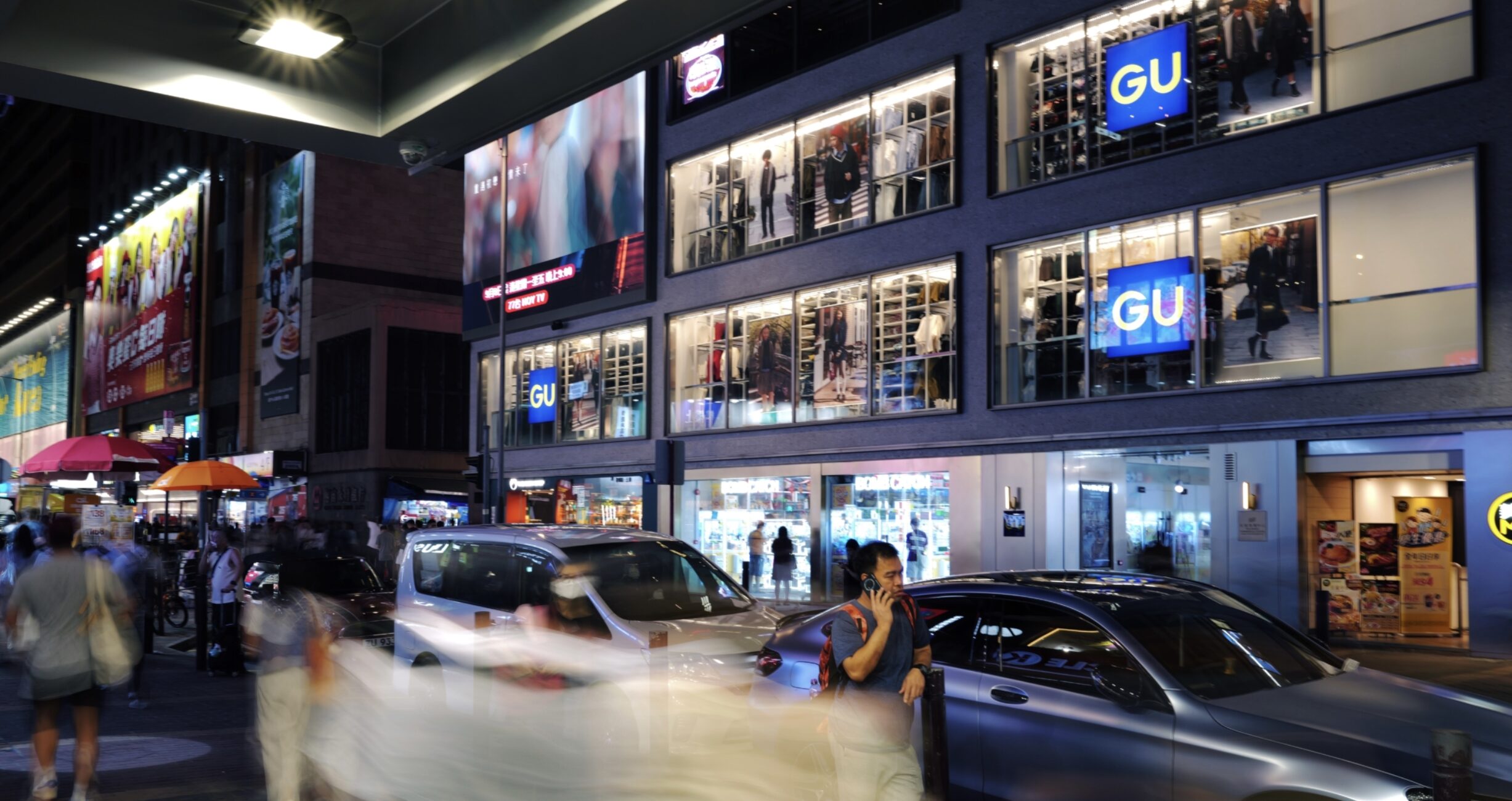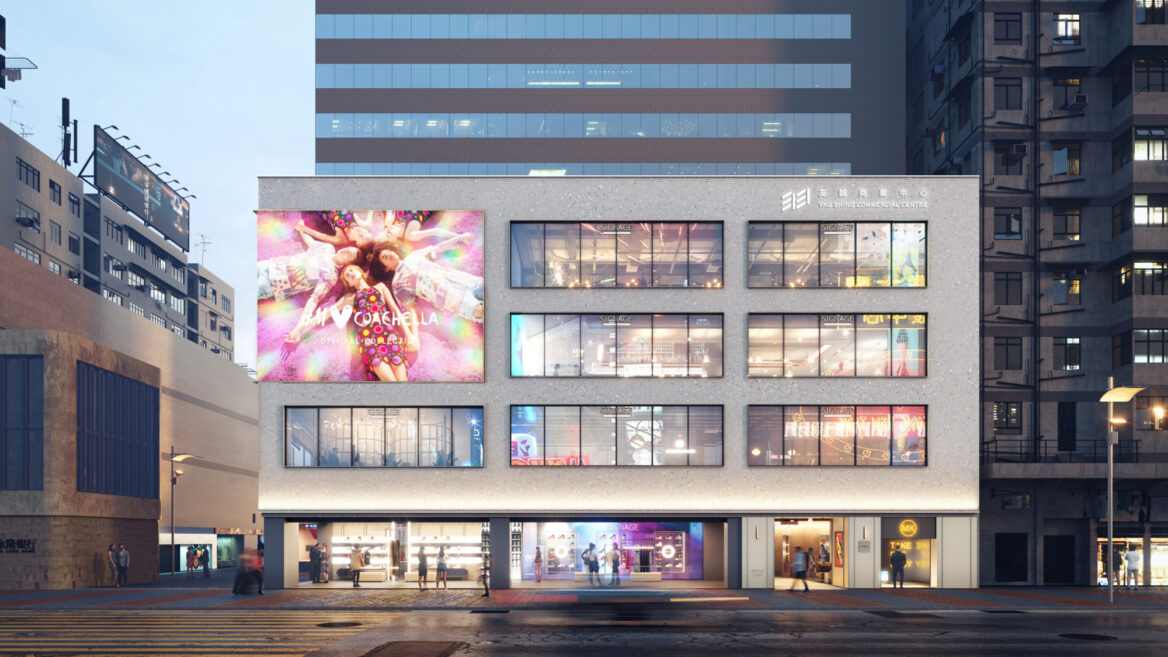Subscribe to our monthly newsletter
Opinion, insights, articles, new projects, jobs, creative inspiration and a behind the scenes look at our process and approach

News -

Hong Kong has built its reputation on reinvention. Entire districts have risen and fallen within a generation. At one point, in the late 1800s and well into the middle of the 20th Century, parts of the city resembled a kind of Venice of the East. Awash with beautiful, ornate buildings.
But Hong Kongs perpetual urgency has seen anything old, being razed, not just the Edwardian Baroque masterpieces, but this trend has continued with ‘new-old’ towers torn down only to be replaced by shinier, taller, versions of themselves. The result is a city perpetually under construction, but also one that seems to heading towards ever greater ubiquity from an urban design perspective, at the expense of its own memory.
This cycle of demolition and rebuild is culturally reductive, it generates vast environmental waste and locks the city into a one-dimensional development model.
Yet in the shadows of the skyline, many underperforming commercial properties quietly sit in limbo. Mid-rise offices, ageing malls, light industrial blocks: they are dismissed as outdated and written off by investors as liabilities. But in truth, they are sleeping assets — full of cultural, commercial, and community potential.
The property market has conditioned developers to think in terms of replacement rather than adaptation. When a building underperforms — low occupancy, ageing systems, outdated layouts — demolition is the default answer. But every underutilised structure represents embodied carbon, sunk investment, and an opportunity for reinvention.
Adaptive reuse offers a different path: one that is faster, more sustainable, and more attuned to the city’s cultural DNA. By reimagining what already exists, developers can unlock new value streams, from creative work hubs to cultural retail clusters, without waiting years for approvals and rebuild cycles.
Our work on Yau Shing demonstrates what happens when an underperforming building is treated not as a liability but as a platform for transformation.
Situated in the heart of Mong Kok, Yau Shing had slipped into obscurity. Its interiors were tired, tenants disengaged, and commercial returns flat. Yet it stood at the crossroads of one of Hong Kong’s most culturally rich districts, where heritage trades, youth culture, and street-level vibrancy converge.
Instead of advocating demolition, we focused on re-imagining the building’s bones. We redesigned circulation, refreshed façades, and created flexible interiors that appealed to a new generation of tenants. The goal was not to erase, but to amplify — giving the building relevance without stripping away its identity.
The results were immediate. Yau Shing attracted stronger tenants, improved returns, and reinserted itself into the cultural life of the district. It became proof that revitalisation can yield commercial performance and cultural vibrancy at the same time.
Hong Kong sits at a crossroads: it must reconcile its global role as a financial hub with its responsibilities in sustainability and liveability. The property sector sits squarely at the centre of this tension.
- Sustainability: Demolition and rebuild consume vast resources and generate huge carbon costs. Extending the life of existing stock is one of the most effective ways to cut impact.
- Cultural Value: Older buildings hold layers of memory. Re-inhabiting them preserves character and avoids the sterility of districts built only on glass and steel.
- Economic Logic: Repositioning often delivers returns faster and at lower cost than full redevelopment. Investors benefit without locking into decade-long cycles.
Cities like London and Tokyo are embracing adaptive reuse as a core strategy. With its density, high land values, and rich urban fabric, Hong Kong has even more reason to lead the way. Just look at Coal Drops Yard, and the wider Kings Cross development area - its like they are playing a different sport when it comes to conservation, and re-energising unloved urban realm.
If Hong Kong continues to default to demolition, it risks becoming a city of indistinguishable towers — efficient on paper but soulless in reality. By contrast, re-energising overlooked buildings offers a path to:
- Diversify real estate strategies beyond new builds
- Reduce environmental impact in line with global ESG standards
- Create cultural anchors that make districts distinctive and liveable
The opportunity is not small. Across the city are hundreds of properties — outdated malls, tired offices, forgotten industrial blocks — waiting for reinvention. With imagination and intent, these spaces could be transformed into the next generation of cultural and commercial landmarks.
What if the rules changed? Suppose the government adjusted GFA policies to reward refurbishing old stock with additional floor area, or eased density limits in exchange for preserving façades or cultural heritage. Suppose leases nearing expiry had automatic extensions, which had now been enacted, meaning tenants and owners could commit to investment in refurbishment without fear of sudden lease loss. These policy changes shift the math. Projects like Yau Shing become not niche experiments but mainstream possibilities.
The lesson of Yau Shing is clear: the future of Hong Kong’s built environment will not be found in erasing the past, but in re-energising it. Underperforming commercial properties should not be seen as failures but as foundations for renewal.
Developers and investors willing to take this broader view will reap double rewards: financial uplift from underused assets and reputational value from leading on sustainability and culture.
Hong Kong has always been a city of reinvention. But reinvention doesn’t have to mean destruction.
By unlocking the forgotten buildings hiding in plain sight, the city can shape a future that is commercially resilient, culturally vibrant, and environmentally responsible.
The choice is simple: keep tearing down and replacing, or begin to build on the richness that already exists. The former builds towers; the latter builds culture.
Check out our Asset Enhancement Initiative project. We converted an underperforming property in Hong Kong into a highly marketable, viable asset for our Client.
See the project here >


News -
Hong Kong’s commercial properties are too often caught in a cycle of demolition and rebuild. This approach erases history, wastes embodied carbon, and misses opportunities for urban regeneration. Studio X Founder Rufus Turnbull explores the untold…

This article explores how interior design affects mental health, from the role of natural light and acoustics to the impact of material choices and spatial flow. Thoughtful design can support wellbeing, productivity, and long-term satisfaction in…

Designing a successful retail store layout demands a rare blend of business insight, creativity, strategic thinking, and practical execution. As part of commercial design, it requires a clear understanding of customer needs and behaviours,…